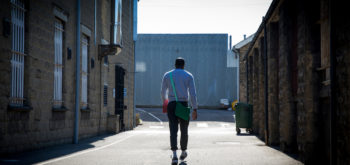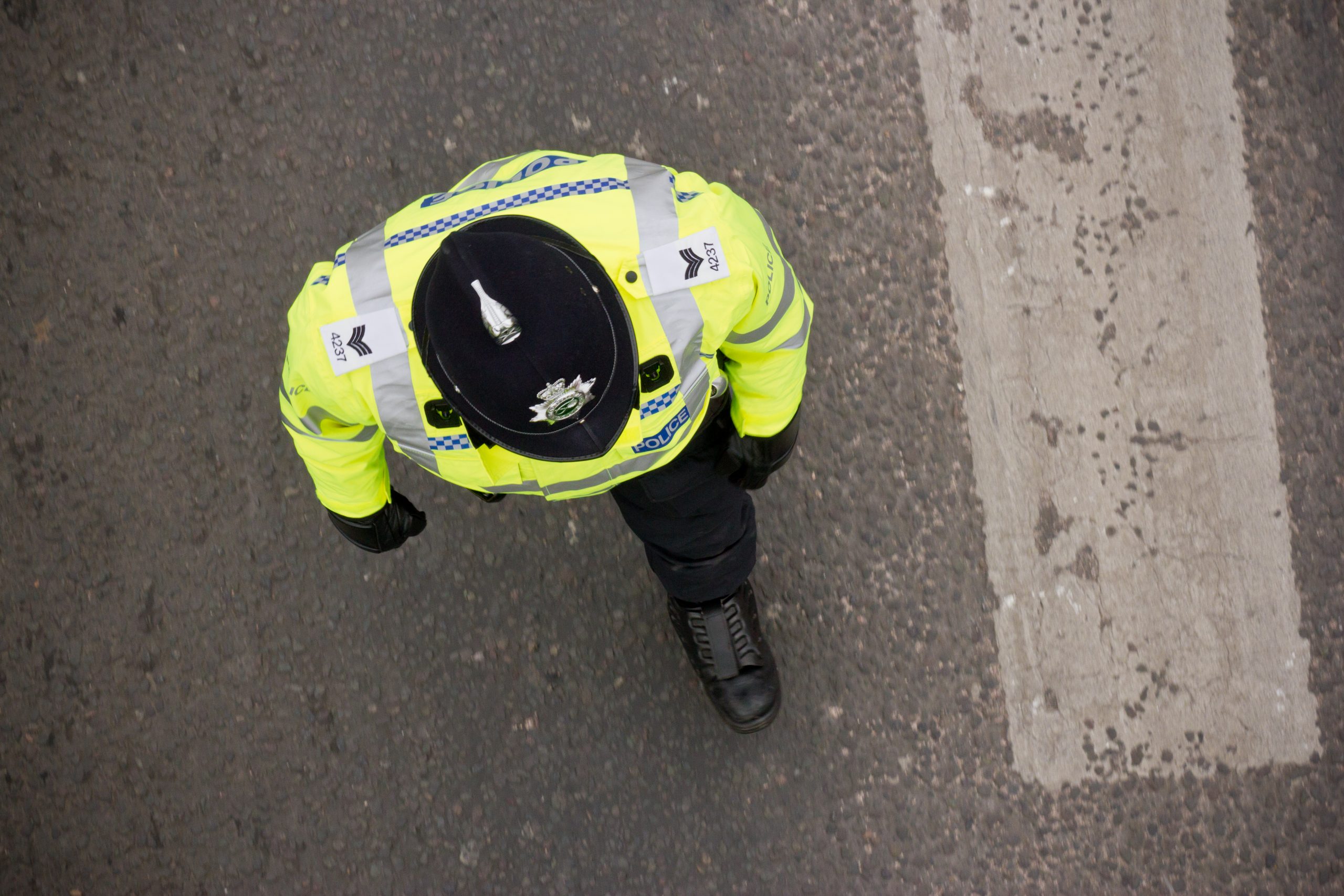Life in prison – as any number of accounts of prison life document – is often experienced as painful, humiliating, and negative. Yesterday two prisoners, who challenged the Ministry of Justice over the practice of ‘slopping out’ in HMP Albany, lost their case for damages in the High Court. One of the prisoners was a ‘convicted paedophile’ – a fact which seemed to figure prominently in all news coverage although it had absolutely no relevance to the actual facts of the case.
The judge, Mr Justice Hickinbottom, ruled that the practice, which requires prisoners to urinate and defecate in a bucket, did not breach either article 3 or 8 of the European Convention on Human Rights as in essence it did not go beyond the ‘inevitable element of suffering or humiliation’ connected with being imprisoned.
The judge felt there was a very high threshold of suffering to be endured before a prisoner’s rights to dignity and privacy were breached. Being locked in a cell for long periods, having to use a bucket as a toilet in the place they were also expected to eat and sleep, and the risk of ‘splashing and spillage’ and the attendant risk of infection was ‘far from ideal’, he opined, but it did not ‘lower the dignity of any prisoner’.
The Chief Inspector of Prisons (HMCIP) also looked at the sanitation regime at HMP Albany last year in a report referred to, but dismissed, by Hickinbottom. The sanitation regime is the same at nine other prisons and affects some 2,000 prisoners who are issued with ‘piss pots’ because the cells are, apparently, too small for in-cell sanitation and too expensive to rebuild – though money always seems to be found to build more and newer cells elsewhere.
Prisoners at Albany told the chief inspector in 2010 of being threatened with warnings under the Incentive and Enhanced Privileges Scheme (which relates to important issues such as the number of visits and the length of association time a prisoner can get) if they asked to be let out to go the toilet during the day. The Night-san computer system – designed to allow prisoners to leave their cell and access the toilet at night – frequently broke down leading to prisoners having to either throw human waste out of the window or live in a locked room with it.
Cruelty and good intentions go hand in hand
Nils Christie, a Norwegian academic, described the modern prison as having two defining characteristics – blame and pain, and it is these characteristics which historically have distinguished prison from other forms of detention. The penal reform ideology advocated in different guises by Jeremy Bentham, Elizabeth Fry etc in the nineteenth century and by various prison reform charities in the twentieth century has aspired to transform the ‘bad’ prisoner (convicted or not) into a ‘good’ citizen through a mix of reformative agenda and punitive and deterrent objectives. Cruelty and good intentions, it seems, often go hand in hand.
The modern prison regime for example starts for all prisoners – male or female, child or adult, convicted or unconvicted – with ritual shaming though a strip search. The Howard League’s Carlile Report (2006) gave a rare opportunity to view this from a child’s (rather than a convicted paedophile’s) perspective: a girl having her soiled sanitary pad inspected in front of her before being returned for her reuse or a boy being forced to part his buttocks and peel back his foreskin for the guards’ inspection. This humiliating experience sets the tone for what will follow and ‘slopping out’ is, where it still operates, part and parcel of that and seemingly accepted as such by the courts.
Penal populism
Prison life is characterised by vulnerability, powerlessness, routine humiliations, and the constant reminder that, as a prisoner, you have forfeited your rights. The official line is that prisons are orderly and constructive institutions; however prisoners’ autobiographical accounts, routine inspection reports, and reconviction statistics tell a very different story. Ultimately, prisons creators’ dreams of reformation and deterrence are miserable failures. But prison has found other functions. For politicians and the media, it has become an effective tool for satisfying the appetites of penal populism and establishing a distinct population who can be distanced and blamed. Longer sentences, stricter parole, new laws, and reduced tolerance deliver votes while offering false reassurance to a community whose jobs, pension, and economic futures are increasingly insecure.
By recognising that prison is not just a loss of liberty but punitive confinement, a place of blame and pain for the prisoner and their family, an institution that damages all associated with it, we can move on from the failed reformative project and begin the process of designing more effective, human, and relevant solutions.






